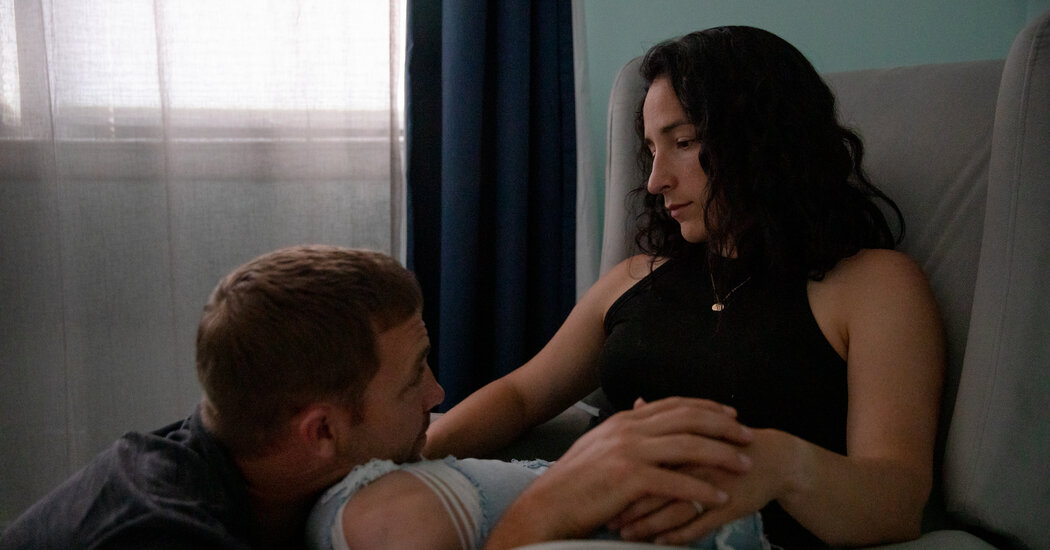“He tells us that his baby is up with his moon and his stars,” she said.
Have parechovirus cases increased?
Parechovirus tends to circulate in the late summer and early fall, and typically peaks every other year, the C.D.C. says. But beyond that, there is not much specific information about national infection rates and whether they are increasing.
“It’s not one we commonly test for, or that we necessarily need to test for,” Dr. Patel said. “It’s not a virus we nationally track, like influenza.”
The C.D.C. alert said it has received reports of cases since May, but did not specify how many or in which states. It did note, however, that the cases have all been a subtype of parechovirus known as A3, which is most often linked to severe illness.
Experts said it is possible that we are in the midst of an unusual surge in more severe cases exacerbated by what Dr. Alex Greninger, an assistant professor of laboratory medicine and pathology at the University of Washington School of Medicine, called “the 2022 effect”: People weren’t exposed to common pathogens during Covid lockdowns, which may have affected their immune systems. Now, people are getting out more and more, he said, and passing germs back and forth more than they had been.
But it is just as possible that we are simply testing more for parechovirus in babies who show meningitis-like symptoms, which could be leading to a seeming uptick in diagnoses. In recent years, many hospitals began using a test that checks spinal fluid for a range of pathogens that are known to cause meningitis and encephalitis — including parechovirus.
“Our ‘eyes’ have gotten better, therefore we are seeing more,” Dr. Alexander said.
The purpose of the C.D.C. alert is not to alarm parents, experts say. It is to help ensure that pediatricians and other health care providers are aware parechovirus is circulating, so they can consider it as a possible diagnosis in certain sick children.
Credit: Source link



